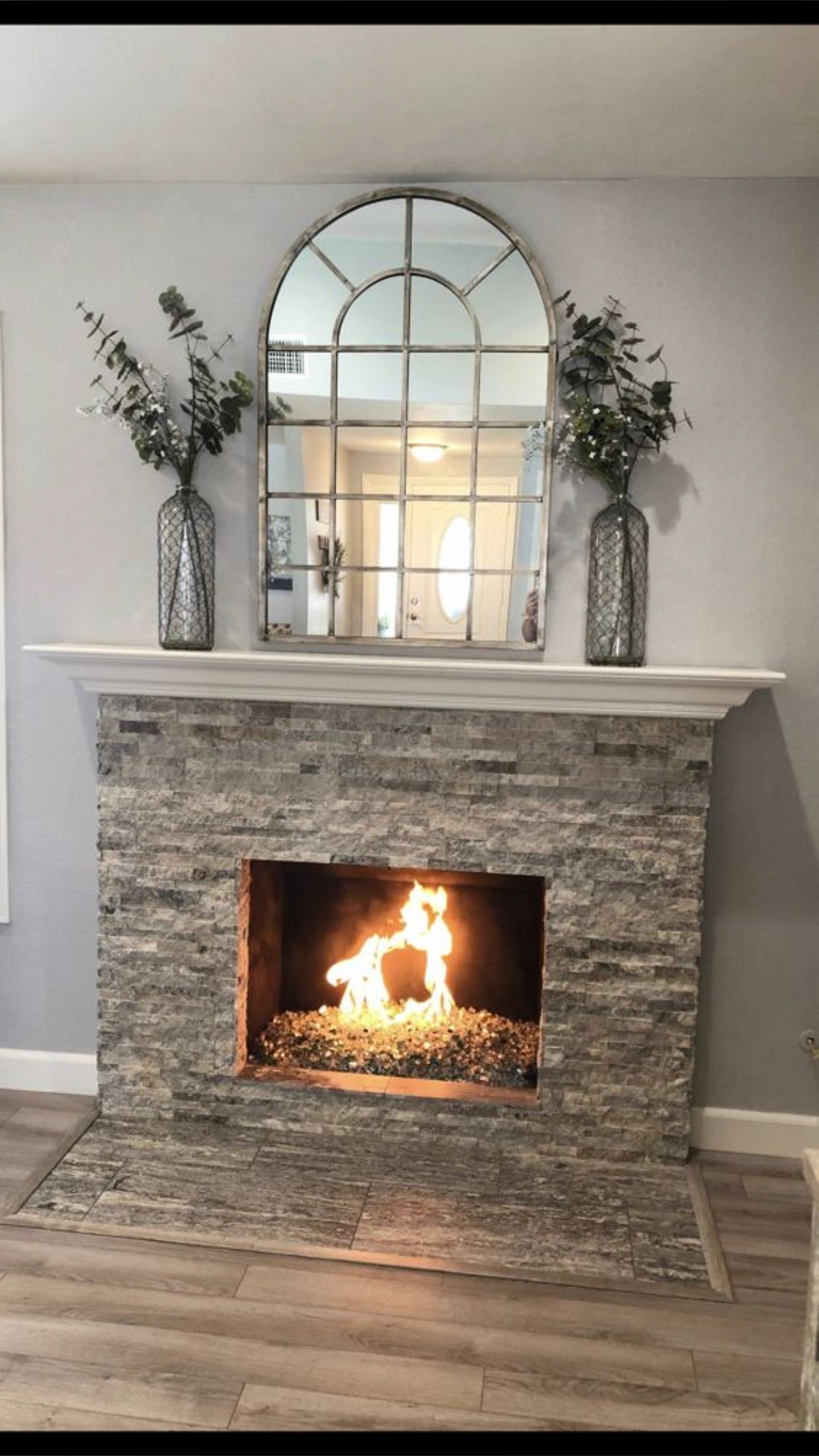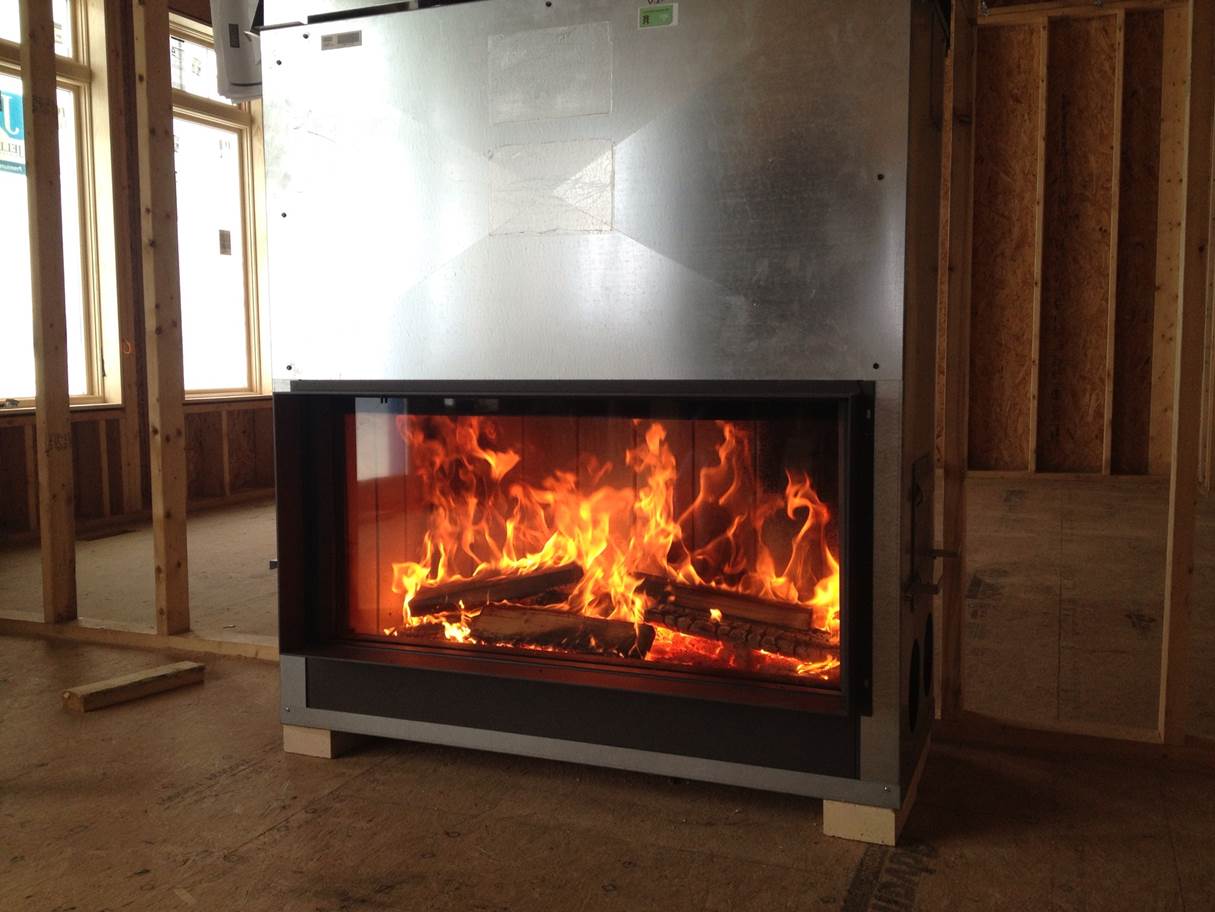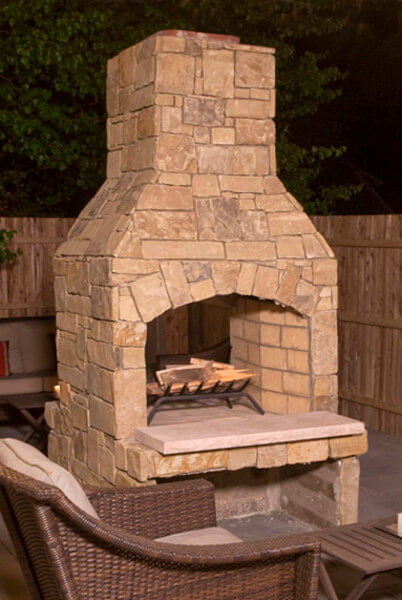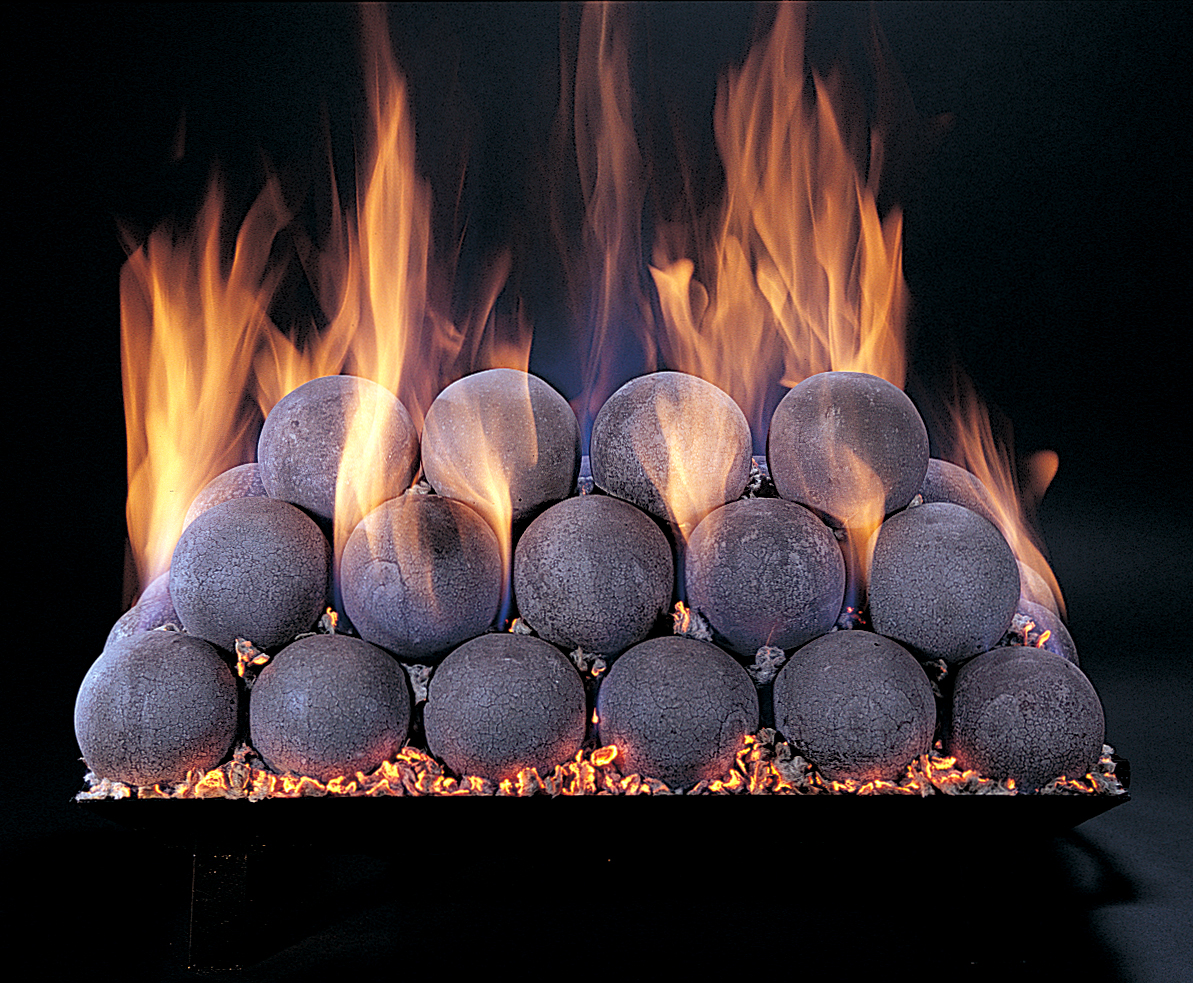Converting to a gas fireplace or installing a new unit brings instant warmth and ambiance without the hassle of wood-burning alternatives. Modern gas fireplaces offer remarkable efficiency, with many models exceeding 70% energy efficiency while producing realistic flames. Unlike traditional fireplaces, they eliminate ash cleanup and reduce indoor air pollution. However, proper installation is critical for safety and performance. Licensed technicians ensure correct venting, gas line connections, and compliance with local building codes. Whether you’re choosing a direct-vent, vent-free, or insert model, professional installation guarantees optimal operation from the first use.

Today’s gas fireplaces come in three main types, each suited for different needs. Direct-vent models provide the most realistic flame presentation while safely venting combustion gases outside through a sealed system. Vent-free units offer maximum heat output and flexibility in placement but require careful sizing to prevent oxygen depletion. Gas fireplace inserts efficiently convert existing wood-burning fireplaces, maintaining your hearth’s character while adding modern convenience. Consider factors like room size, existing infrastructure, and desired heat output when selecting your unit. Many models now include remote controls, thermostats, and even smartphone connectivity for ultimate convenience.

Professional gas fireplace installation typically follows a meticulous multi-step process. Technicians first assess your space, checking for proper clearances to combustibles and determining the best venting route. For new installations, they’ll run gas lines according to strict pressure requirements and local codes. Venting systems must be carefully measured and assembled to ensure proper draft and prevent backdrafting. The final steps include connecting electrical components for ignition systems, testing for gas leaks, and verifying proper combustion. This thorough approach takes typically 4-8 hours but creates a system that operates safely for years.

Gas appliances demand respect and proper safety measures. Carbon monoxide detectors should be installed in any room with a gas fireplace, preferably with battery backup. Annual professional inspections check for vent blockages, burner performance, and gas valve operation. Clearance zones around the fireplace must remain free of furniture, drapes, and flammable materials. For homes with children or pets, safety screens prevent accidental contact with hot glass fronts. Proper ventilation is especially crucial for vent-free models to maintain healthy indoor air quality. These precautions ensure your fireplace remains a source of comfort rather than concern.

Beyond basic operation, today’s gas fireplaces offer numerous ways to enhance your experience. Programmable thermostats maintain perfect temperatures automatically, while variable flame controls set just the right mood. Decorative media options like glass crystals or ceramic logs allow customization of your fire’s appearance. Zone heating capabilities can reduce overall energy bills by warming frequently used spaces. Many manufacturers offer lifetime warranties when professionally installed and maintained. With proper care, a quality gas fireplace provides 15-25 years of reliable service, making it one of the most rewarding home improvements for both comfort and resale value.
Home & Hearth Vent Free Gas Stoves

Wood Fireplace with Alderwood Stacked Stone

Modern & Contemporary Gas Log Sets Doctor Flue

Related Posts: